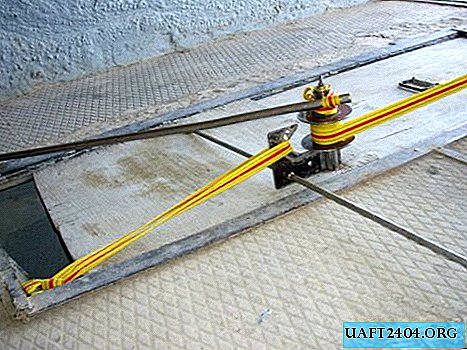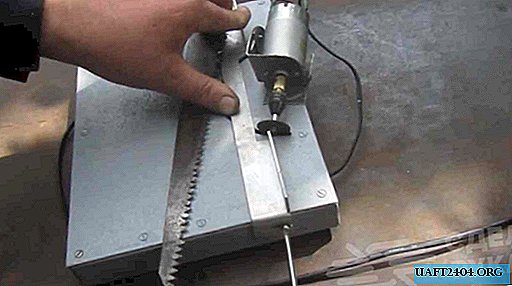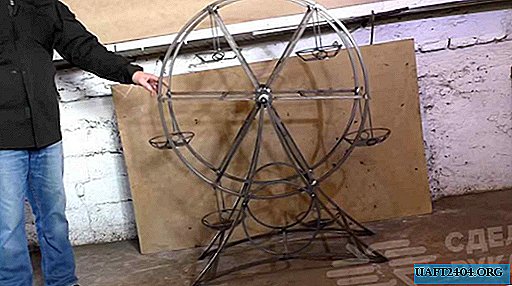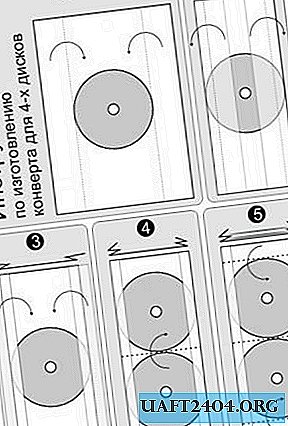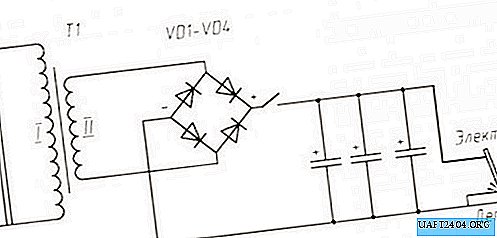Share
Pin
Tweet
Send
Share
Send
Despite the obvious convenience of using a mobile device, most users sooner or later have a laptop overheating problem, as a rule, the culprit of the failure is one of the “heavy” applications. Another reason for the overheating of the cooling system is hot weather, it also sometimes turns out that the ventilation grilles are somehow blocked, as often happens when the laptop is installed on an object with a soft coating, such as a blanket. The regular cooling system does not cope with its work and as a result there is a slowdown, freezing, falling fps in games. It was this sad circumstance that made me think about additional cooling of the laptop.
Of course, many will wonder, why not just buy a cooling pad in the store. You can do it in the store, but a high-quality stand will cost quite considerable funds, besides, it was just interesting for me to make a cooling system with my own hands, especially since by the nature of my activity I was able to get most of the materials I needed for free.
So, by the nature of my activity, I was connected at that time with the assembly of plastic windows and doors, and the basis for the stand I chose one of the small segments of the plastic window sill. The window sill is good because it consists of two thin plates connected by stiffening ribs, which fits into my idea.
So; when I arrived home, with the help of a “grinder” I brought the dimensions of the window sill to the dimensions of a laptop, in my case it is FUJITSU AH 530, plus a centimeter of margin on the sides.

The next stage is a trip to a computer store in search of a suitable cooler, in my opinion it should have been a fan powered by a laptop’s USB port. However, I could not find the desired instance and I had to be content with an ordinary cooler with a size of 120 by 120 mm, voltage of 12 volts, current of 300 milliamps.

I decided to power the cooler from a wallowing at home charging for a car on a radio-controlled remote control. The current provided almost the necessary charge - 250 milliamps, but the voltage, only half the allowable - 6 volts. Nevertheless, the propeller spun quite cheerfully, but at the same time quietly, which completely suited me. I decided to place the cooler in the stand in the place above which the ventilation grill should be located under the processor, in order to further blow it from below. To do this, I marked the contours of the cooler socket and with the help of the same “grinder” cut it out. As it turned out later, it was not an optimal choice of the location of the additional fan, but more on that later.

The location of the laptop on the stand was as follows - the front edge of the bottom of the laptop abuts against the side of the window sill, which prevents it from sliding from the stand even in a vertical arrangement. The back of the laptop is mounted on a plastic glazing bead with a rubber edge - a sealant (screwed to the base with self-tapping screws), so it does not slip, moreover, when the laptop is horizontally located, the laptop keyboard is at an angle to the user and its use is quite comfortable.
I installed the fan parallel to the bottom of the laptop case using ordinary plumbing sealant. The presence of cavities inside the main part of the stand allows the cooler to freely pump air flow, and through them it is possible to lead wires from the fan to either side. The plug for connecting the fan to the power supply had to be invented in accordance with the connector located on the power supply unit. To assemble the plug, a connector for wires was useful, with two screws of which I secured the wires from the cooler, and the segments were the pieces of a metal antenna from a broken control panel of the machine. Thanks to this design, the cooling power supply can only be connected if necessary.

So, after making this simple cooling pad, I, of course, decided to test it in action. For testing, the popular game World Of Tanks was chosen, the fps increase was from about 5 to 10 points, the heating temperature of the central processor, motherboard and laptop hard drive also dropped significantly. Best of all, the cooling effect was manifested when a little shifted to the side and the fan blew the hot air coming out of the laptop grilles up.

I think the resulting design is quite successful, the stand is used both for cooling (it helps especially when working with a laptop in the evening in bed, on a blanket), or as additional protection for the bottom of the laptop from possible external damage or accidental contact with water (it happens in the kitchen table). In the future I plan to put another cooler (the benefit of free space is enough) due to which the cooling effect will increase.

Share
Pin
Tweet
Send
Share
Send

